Given the extent of the impact of Covid-19 on retailers, it would be hard to imagine that retail would return to normal – at least swiftly – after lockdown.
As the UK nears the end of the government-mandated shuttering of non-essential shops and high street businesses nationwide, retailers are seeking guidance from trade bodies on how to go about reopening.
Even if non-essential stores were allowed to reopen in some capacity, with the likelihood of restricted visitor numbers and reduced services, the sector still faces the challenge of being able to make enough revenue and profit to stay afloat. Many retailers rely on high footfall and conversion rates, which will be difficult to achieve with social distancing measures being an expected requirement in reopening stores.
Experts told Retail Gazette that retailers would need to prioritise safety above profits: not only for customers but for staff. Even during lockdown, many retailers which have been regarded as “essential” have been criticised for not providing enough protection for workers.
Recently, Wilko was accused of failing to keep staff and shoppers safe during the coronavirus crisis by GMB. The trade union expressed concerns around the availability of hand sanitiser, issues over the use of card-only tills, and the management of queues at one of Wilko’s UK branches.
Arguably, retailers that don’t offer enough protective measures will be under increased scrutiny post lockdown.

“Retailers need to make shopping for their customers safe. When the UK comes out of lockdown, whichever sector of retail businesses are in, businesses will need to show that they have taken the right precautions and are adapting to the climate,” Begbies Traynor partner Julie Palmer said.
Nottingham Business School research associate Nelson Blackley agreed. He said retailers would not only have to follow whatever specific guidelines are issued, but they would also “need to clearly communicate and demonstrate to consumers their absolute commitment to providing a safe environment for both their staff and customers”.
“Those retailers who are unable or unwilling to do this will quickly see footfall disappear,” he added.
Craig Summers, managing director at supply chain commerce solutions firm Manhattan Associates, said that since the pandemic began, consumers have adapted to shopping online. He suggested online sales would continue to be driven by the change in shopping habits due to an expected fear of entering non-essential stores.
“Retailers need to make shopping for their customers safe”
“Many consumers likely to still be cautious of entering stores even after lockdown restrictions have been lifted, the surge in ecommerce orders is unlikely to disappear anytime soon,” he said.
However Shane Alexander, analytics director at media consultancy Ebiquity, highlighted the prominence of bricks-and-mortar retail.
“While the current environment is likely to accelerate the high street footfall declines seen over the last few years, bricks-and-mortar stores will continue to be crucial to the performance of most existing retailers,” he explained.
Summers said retailers should consider promoting click-and-collect delivery options in order to connect the customer’s online experience with the physical store once again.
Sairah Mojib, marketing director at design agency Widen, argued that retailers should maintain the ecommerce momentum: “Not only will some people prefer the ease of shopping online, but if there are resurgent waves of Covid-19, this will mean reintroducing lockdown measures for specific regions.”
Alexander said retailers would need to keep a careful eye on data as it may be too early to tell if businesses can expect to trade post lockdown.
“Before Covid-19, brick-and-mortar sales were a critical part of the retail landscape, and it’s important that we attempt to reopen retailers – with social distancing measures – as a step towards rebuilding the economy,” he said.
Blackley said that although social distancing appears to have worked for grocers, it could prove to be a challenge for fashion retailers given that the layout of most are not as “functional” as supermarkets.
“Strict control of the numbers of customers in the store at any one time would be required”
“Many have long, and often fairly wide aisles,” he said.
“In fact, they are deliberately designed to encourage customers to spend time browsing, with changing rooms to try on clothing before purchasing.
“All of this completely contradicts an easy introduction of social distancing and so will make it difficult for fashion retail to operate without some significant changes.
“It’s difficult to see how changing rooms could operate. A fashion retailer could use only one in two or one in three but there would also have to be some sort of cleaning/hygiene regime introduced too.”
The BRC published guidance in late April for retailers reopening stores. In it, it wrote that retailers may have to consider keeping changing rooms closed. If this was not possible, there must be a colleague in place at all times to ensure social distancing is maintained.
Other measures included limiting the number of entry and exit points in and out of stores and having separate entrance and exit points if possible, and limiting the number of customers in stores at any time.
“Strict control of the numbers of customers in stores at any one time would clearly also be required,” Blackley said.
“Whilst this is already in operation across those ‘essential retailers’ currently open, the dwell time in a fashion store is often greater and encouraged than in non-fashion and so quite how this would work ‘post lockdown’ is concerning.
“In practice, fashion retailers will probably have to reconfigure their stores in a simpler way to enable customers to see the range of product but remain two metres apart.”
In the first three months of 2020, the ONS found that textiles, clothing and footwear sectors experienced the largest decline in retail sales, dropping 35.5 per cent and 34.8 per cent for value and volume sales respectively.
Sales of clothing items declined “dramatically” in March 2020, dropping 28.4 per cent in comparison with a moderate increase of 3.3 per cent in March 2019.

While the decline was inevitable given the drastic closures from lockdown, retailers could expect to see an initial peak in sales once restrictions start to be eased. But this also means there may also be an increase in returns.
Summers highlighted that retailers should avoid making customers wait in long queues to return or exchange goods.
“Regardless of what channel was used to purchase them, a separate returns section of the store could help to alleviate initial busy periods and remove customer anxiety levels when stores reopen,” he said.
Mojib said retailers would need to consider the handling of how clothing items are returned.
“Returning items can result in queues, which is risky in a confined space,” she said.
“One option is for retailers to consider the extensions on their returns policy, keeping them in place well after lockdown begins to lift.”
Meanwhile, Blackley was sceptical as to whether customers would be prepared to buy a piece of clothing that had been on display for an unknown time and potentially touched by many people.
Palmer argued that the successful return to the norm depends on how retailers address these issues and how they communicate that back to their customers.
“As part of adhering to social distancing rules there will be a lot of additional measures to put into place such as installing plastic screens at checkouts, disinfecting changing rooms regularly and considering how returns of clothes will be handled,” she said.
“Is it enough to wash them when they come back, and will customers want to buy potentially contaminated clothing?”
While it is going to be difficult for retailers to achieve the levels of customer service and personal experience that consumers have become accustomed to in recent times, retailers will have to accept that “experiential shopping” may need to be compromised until further notice – or at perhaps adapted significantly to meet the need for social distancing. And for footfall and consumer confidence to return in any capacity, social distancing will probably become one of the new norms.
Either way, the high street will never be the same.
Click here to sign up to Retail Gazette‘s free daily email newsletter













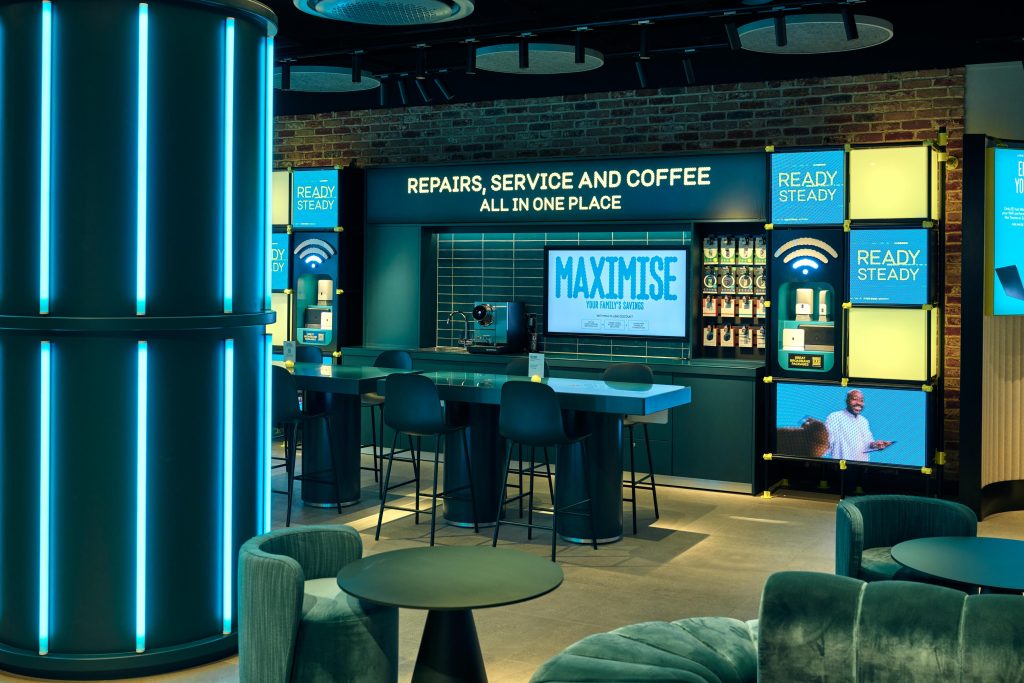


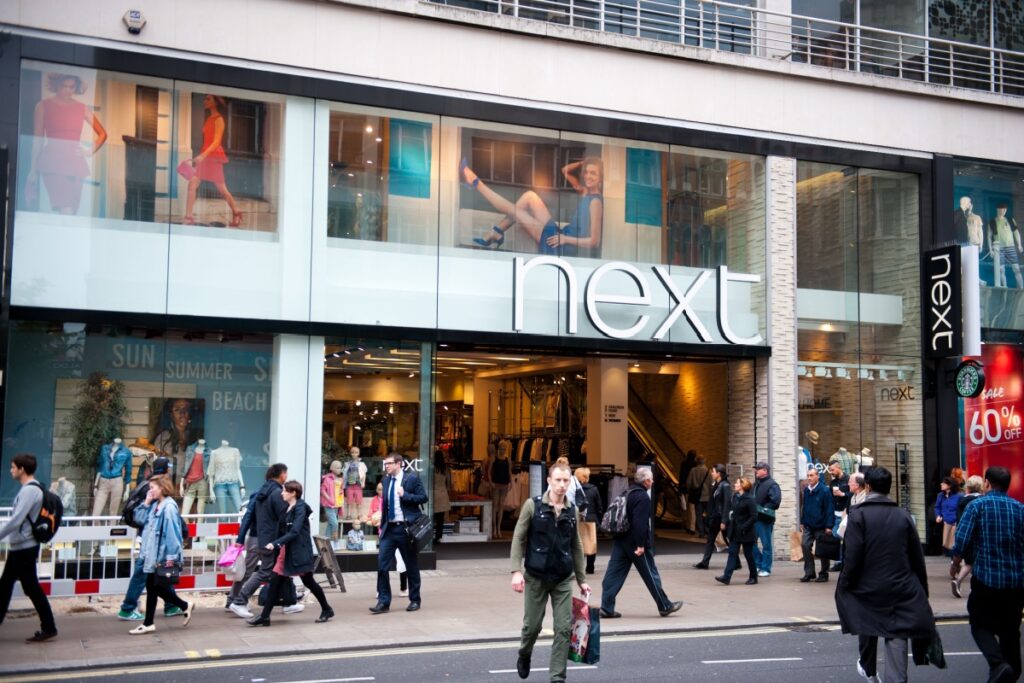


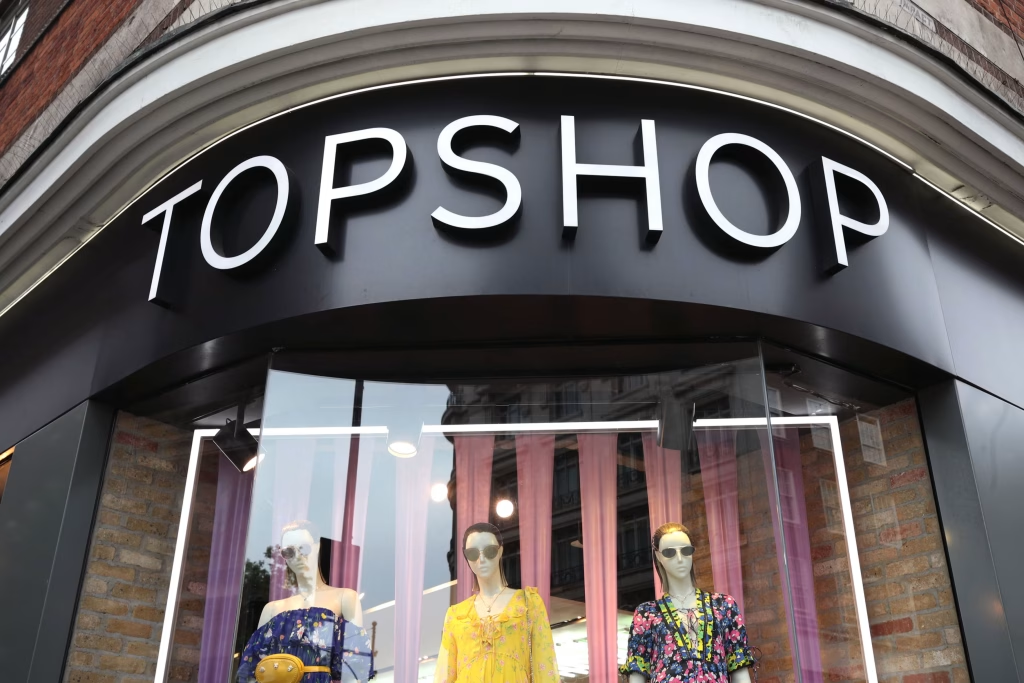
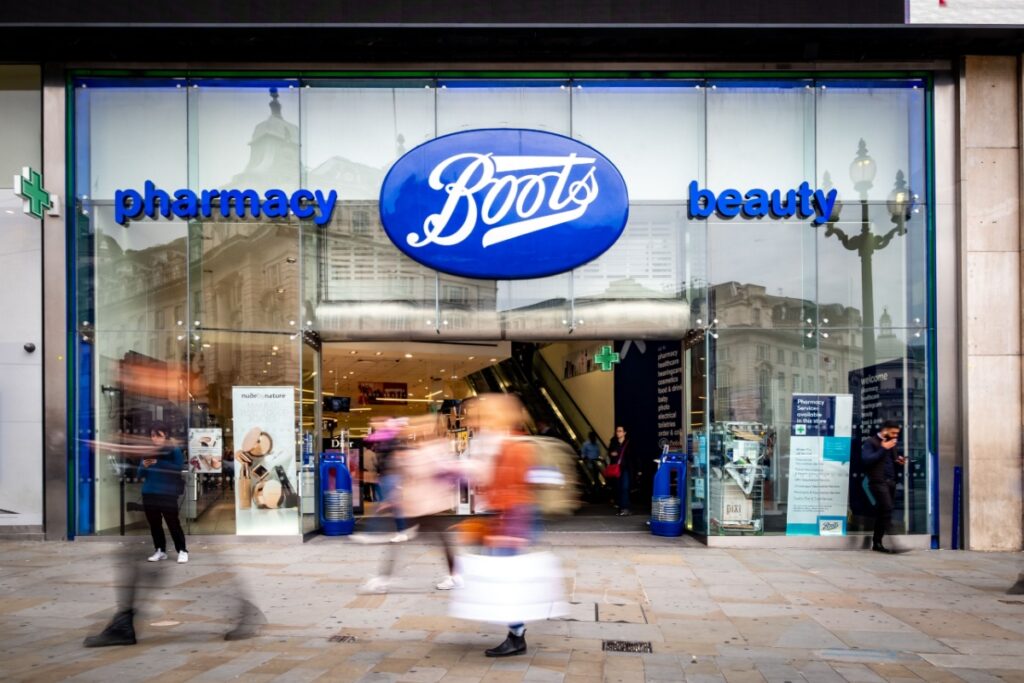



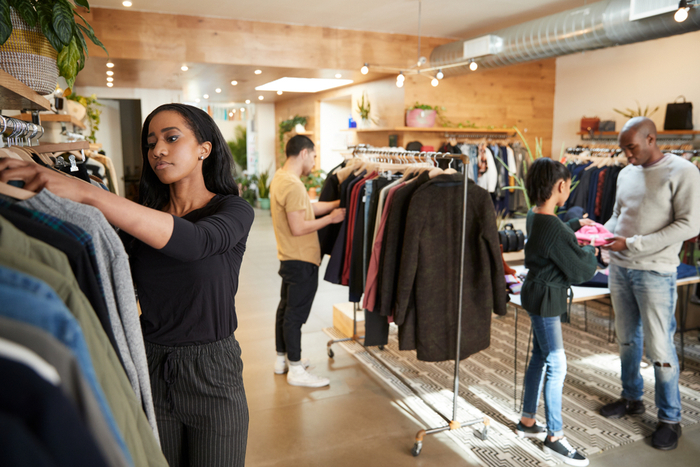

2 Comments. Leave new
What is need to be done if some of retailer put more costumers inside the shop and thy dont even maintain the 2meter distance between them self wsa need to been done about that
Who is going to want to purchase clothing in a retail shop or store, clothing that has already been tried on by a previous customer that did not purchase that clothing and then the clothing could possibly be contaminated?
This is one serious problem for clothing retailers. I would not shop in a clothing shop or store in the future due to this ongoing COV-19 D virus until everyone has had a successful vaccine and then only after the COV-19 D is completely eradicated.